Wood Material Options
This guide outlines common wood materials used in fabrication and design. Each has unique characteristics that determine its best use in a project.
MDF (Medium-Density Fiberboard)
What it is: An engineered wood product made by compressing refined wood fibers with resin.
Strength: High—stronger and denser than particle board or plywood.
Best for: Commercial interiors, cabinetry, and any application requiring strength and a smooth finish.
Key Benefits: Durable, consistent surface, easy to work with and paint.
Particle Board
What it is: Made from wood chips and shavings bonded with resin into flat panels.
Strength: Low—less durable than MDF or plywood.
Best for: Visual elements where strength isn’t critical, such as furniture backing or decorative pieces.
Key Benefits: Cost-effective and lightweight.
Plywood
What it is: Thin sheets (plies) of wood veneer glued together in alternating grain directions.
Strength: Medium to high—more stable and stronger than particle board.
Best for: Cabinet boxes, subflooring, and general construction.
Key Benefits: Versatile, resists warping and cracking.
Solid Wood
What it is: Natural lumber cut directly from trees, without fillers or layers.
Strength: High—depends on the species of wood.
Best for: Furniture, trim, and features where aesthetics and strength are both important.
Key Benefits: Strong, attractive, long-lasting.
LVL (Laminated Veneer Lumber)
What it is: Multiple thin wood veneers glued together for structural use.
Strength: Very high—engineered for load-bearing applications.
Best for: Beams, headers, and framing.
Key Benefits: Consistent, strong, minimizes warping.
Medex® – MR50 Water-Resistant MDF
What it is: Moisture-resistant, formaldehyde-free MDF designed for interior use.
Strength: High—especially in humid environments.
Best for: Bathroom vanities, fixtures, and commercial interiors.
Key Benefits: Eco-friendly, durable, moisture-resistant.
Armorite® – Exterior-Grade MDF
What it is: Exterior-use MDF with built-in protection from water, rot, decay, and insects.
Strength: High—suitable for outdoor applications.
Best for: Outdoor cabinetry, signage, and exposed trim.
Key Benefits: Weather-resistant, strong, long-lasting.
OSB (Oriented Strand Board)
What it is: OSB is an engineered wood panel made by compressing layers of wood strands arranged in specific orientations and bonded with waterproof resin.
Strength: High—structurally comparable to plywood, especially in load-bearing applications.
Best for: Wall and roof sheathing, subflooring, and structural paneling in residential and commercial buildings.
Key Benefits: Cost-effective, strong, and widely available; uniform in strength and thickness; holds up well to heavy loads.
Fire-Rated Treated Board
What it is: Wood-based substrate treated with fire-retardant chemicals.
Strength: Medium to high—similar to untreated wood but with added fire protection.
Best for: Interior projects where fire code compliance is required.
Key Benefits: Added safety, meets building code standards, retains workability of wood.
